The Gift of South Dakota
Subscriptions to South Dakota Magazine make great gifts!
Subscribe today — 1 year (6 issues) is just $29!
Pillars of Light
Nov 18, 2013
This particular column is over a year in the making. On November 14, 2012, I photographed my first ever aurora borealis event. It was a cloudy and cold night when I saw a friend’s comment on social media about the northern lights being out. Even though it was late, I immediately drove north out of the light pollution that is Sioux Falls. Soon I could see faint lights through the breaks in the clouds on the northern horizon. It reminded me of the lights of a gigantic city a hundred miles away.
I remember struggling to find a good place to set up a shot in the middle of the night. Finally I settled on the Pioneer Cemetery a few miles south of Baltic, simply because I was worried if I didn’t stop to shoot soon, the lights would be gone and I would have been out cruising the county roads at midnight with nothing to show for it. I got my camera out and secured on the tripod and set the exposure for about 20 seconds. What the camera recorded was even more amazing than what I saw. Since the sensor captured all the light from the northern lights for that full 20 seconds, it showed the color of what was going on up in the atmosphere in more detail and clarity than what I could see with my eyes. I was giddy. I found a new passion to pursue.
Since that night, I’ve kept a close eye on the sky for an opportunity to see and shoot more images of the northern lights. As I researched the phenomena more, I soon learned that 2013 is a solar maximum year. This means the chances of seeing the lights are the best they’ll be for the next 11 years.
What is solar maximum and why does it matter? When our sun is at solar maximum, it produces the most sunspots. Basically it is at its most “unstable” at this time. This instability can produce violent solar flares. These flares eject huge amounts of energy into space. These excited electrons and protons (and I’m sure many other things a real scientist could explain to you) are actually very deadly radiation to we mere humans. Luckily for us, our earth has a magnetic field that acts as a shield to deflect these outbursts.
Every once in a while, the energy from the sun’s solar storms slips beyond our magnetic shield and is funneled to the poles of our planet. When that energy collides with our upper atmosphere, it reacts and emits light energy. We see this light energy as aurora borealis.
We South Dakotans live a goodly distance from the north and south poles (thankfully), so it takes a pretty good solar storm to produce lights bright enough for us to see. It also has to be a clear night and unless the storm is exceedingly strong, the phenomena is not visible anywhere where there are street and house lights. The rarity of the lights as well as their otherworldly beauty have been the subject of many culture’s myths and legends through the ages. Google “northern lights legends.” The stories border from poetic to scary and are worth the read.
As for me, I can honestly say that I’ve said “wow” out loud more than once chasing the northern lights this year. Seeing the pillars of light move across the sky in the depths of the night is something that makes a deep impression. People often ask me if the images I capture are really what they look like in person. I would say that most of the time the camera adds some more color because of the long exposures. In early October, however, I saw the brilliant reds with my own eyes. Red auroras are said to be rare. Scientists still aren’t exactly sure why the pillars of light sometimes flare red. All I can say is that I’m thankful I got to see (and photograph) the event with my own two eyes. Standing out under South Dakota’s glorious night sky is a treat, and when you add in the heavenly beauty of the auroras, the images and memories become unforgettable.
Christian Begeman grew up in Isabel and now lives in Sioux Falls. When he's not working at Midcontinent Communications he is often on the road photographing our prettiest spots around the state. Follow Begeman on his blog.


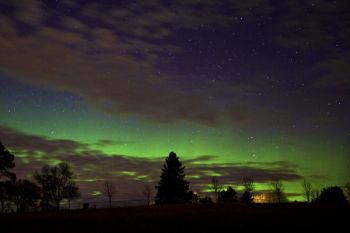
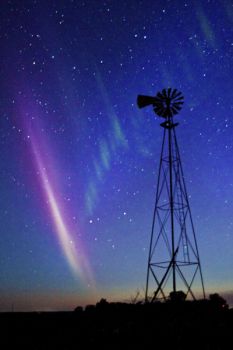
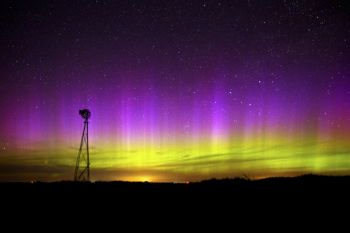
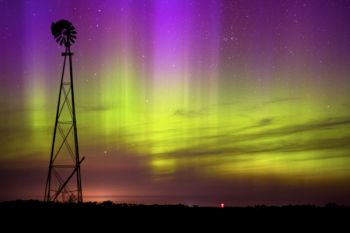
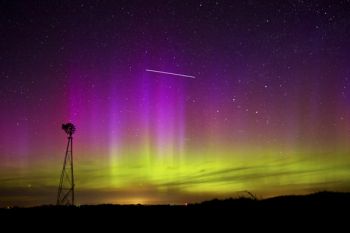
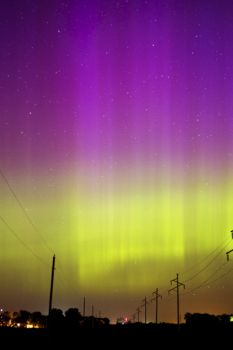
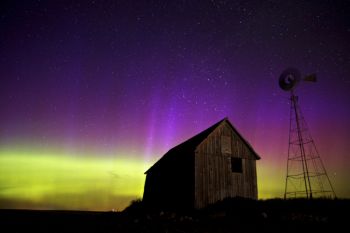
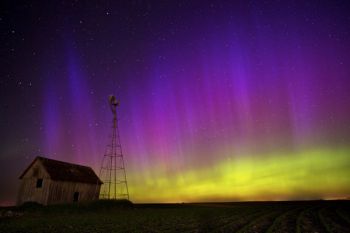
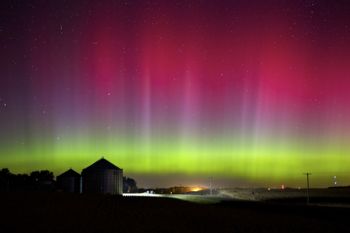
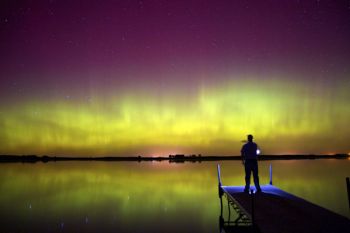
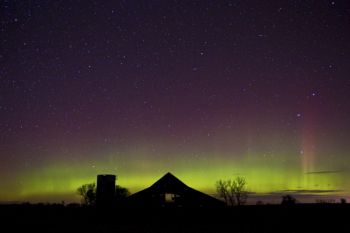
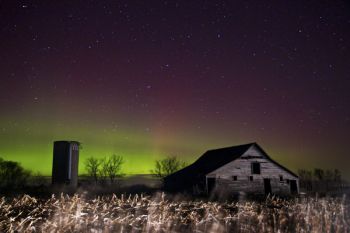


Comments